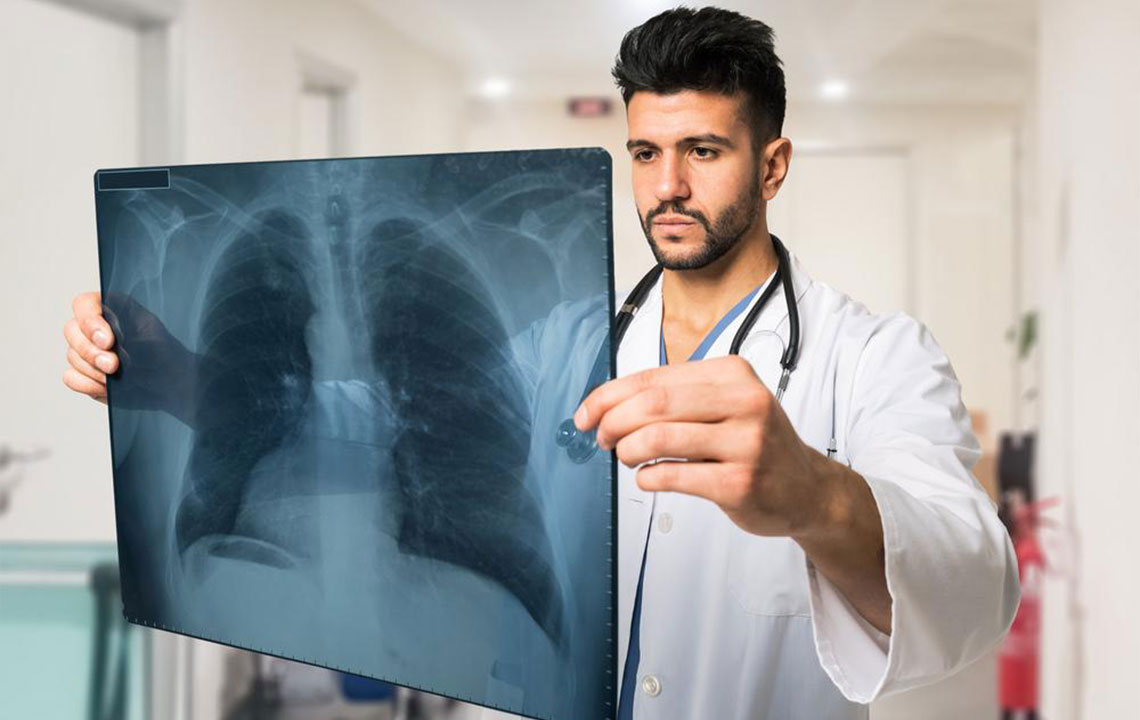Comprehensive Guide to Lung Cancer Treatment Options
Explore comprehensive lung cancer treatment options, including surgery, chemotherapy, radiation, targeted therapy, and immunotherapy. This detailed guide explains how each approach works, their benefits, and how personalized treatment plans can improve patient outcomes. Stay informed about the latest advances in managing lung cancer effectively, whether at early or advanced stages, with expert insights into future therapies and innovative techniques.

In-Depth Overview of Common Lung Cancer Treatments
Lung cancer is a serious disease characterized by the abnormal proliferation of cells within the lung tissue, which can occur in one lung or both lungs. This unchecked growth disrupts normal respiratory functions, often leading to symptoms like persistent cough, chest pain, shortness of breath, and weight loss. The malignant cells form solid tumors that hinder the lungs’ ability to efficiently oxygenate the blood, significantly impacting overall health and quality of life. Understanding the different types of lung cancer and the stages of disease progression is crucial for determining the most effective treatment strategies. The primary classifications are small cell lung cancer (SCLC) and non-small cell lung cancer (NSCLC), with the latter accounting for approximately 85% of cases.
The stage of lung cancer, whether localized or spread to lymph nodes and other distant organs, plays a pivotal role in guiding treatment choices. Early-stage cancers, confined to the lungs, often have better prognosis and more treatment options, including surgery. More advanced stages require systemic therapies and multimodal approaches to control disease progression and improve patient survival.
One of the most common and effective treatment options for early-stage lung cancer is surgery. Surgical procedures aim to physically remove the tumor and surrounding affected tissue to eradicate the disease at its source. In the past, traditional open surgery was standard; however, advances in minimally invasive techniques have revolutionized lung cancer surgery. Video-assisted thoracoscopic surgery (VATS) involves small incisions, typically less than an inch, through which a camera and specialized instruments are inserted. This approach allows surgeons to visualize and excise the tumor with precision, resulting in reduced postoperative pain, minimal scarring, shorter hospital stays, and quicker recovery times. For larger tumors or those involving more of the lung, a lobectomy (removal of a lung lobe) may be performed, potentially followed by lymph node dissection to assess disease spread.
Beyond surgery, non-invasive and systemic therapies play vital roles, especially in cases where surgery is not suitable or as adjuncts to surgical treatment. Chemotherapy involves the use of powerful drugs to kill rapidly dividing cancer cells. It can be administered before surgery (neoadjuvant therapy) to shrink tumors or after surgery (adjuvant therapy) to reduce recurrence risk. Chemotherapy regimens often include platinum-based drugs like cisplatin or carboplatin combined with other agents. Radiation therapy uses high-energy rays to target and destroy cancer cells, either as a primary treatment in unresectable tumors or in combination with surgery and chemotherapy. It’s particularly useful for controlling local disease and alleviating symptoms.
In advanced lung cancer stages, systemic treatments focus on controlling tumor growth and prolonging survival. Combination chemotherapy and radiation are frequently employed, especially when surgery isn’t feasible. For small cell lung cancer (SCLC), chemotherapy is the cornerstone of treatment due to its aggressive nature. Preventive measures such as prophylactic cranial irradiation (PCI) may be used to reduce the risk of metastases in the brain, a common site of spread for SCLC. Targeted therapies have emerged as a promising new frontier, designed to attack specific genetic mutations or biomarkers present in cancer cells, thereby sparing healthy tissue and minimizing side effects.
Immunotherapy represents a groundbreaking advancement in lung cancer treatment. It leverages the body’s immune system to recognize and attack cancer cells. Agents such as immune checkpoint inhibitors (e.g., pembrolizumab, nivolumab) have demonstrated significant efficacy, especially in advanced NSCLC with specific biomarkers like PD-L1 expression. These therapies often have a different side effect profile, sometimes causing immune-related reactions that require careful management. Furthermore, clinical trials continue to expand the possibilities of combining immunotherapy with other treatments to improve outcomes.
Overall, the landscape of lung cancer treatment is rapidly evolving, offering hope for better prognosis and quality of life for patients through personalized medicine, innovative surgical techniques, and cutting-edge systemic therapies. Consulting with an experienced multidisciplinary team helps tailor treatment plans that align with the specific stage, molecular characteristics, and overall health status of each patient.





